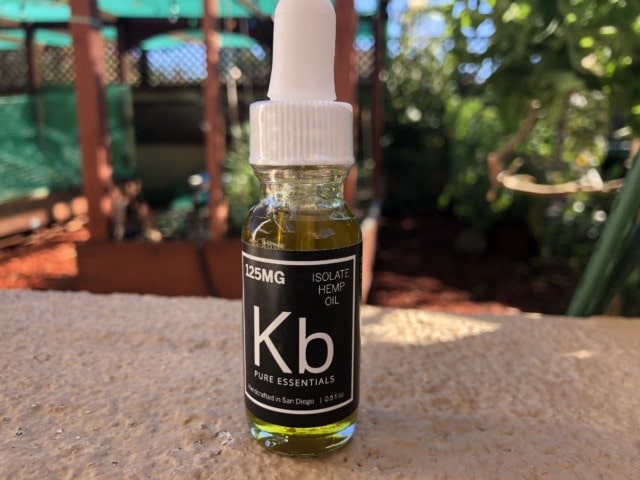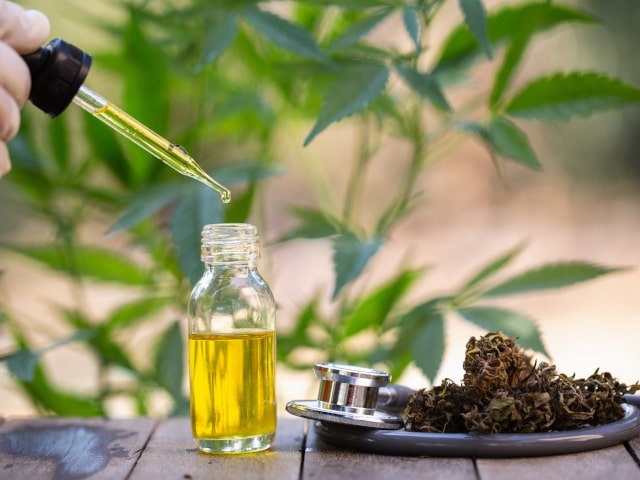The hemp plant produces different compounds among which the cannabinoids, almost totally exclusive to this species, stand out. Cannabidiol, known by its acronym CBD, is one of the two main ones (together with Tetrahydrocannabinol or THC) among the more than 120 present in the plant.
Phytocannabinoids such as CBD are molecules that contain several therapeutic properties, among the most studied are their anti-inflammatory, antioxidant, analgesic, neuroprotective, and anxiolytic effects.
WHAT IS THE DIFFERENCE BETWEEN THC AND CBD?
CBD and THC are the cannabinoids most present in the Hemp Sativa L. plant. However, CBD has a more interesting therapeutic potential as it does not have the psychoactivity attributed to THC.
This does not mean that THC does not have great therapeutic power. The main difference is that the psychoactivity of CBD is characterized by its anxiolytic properties, due to its modulation of our CB1 receptors in the brain. This property antagonizes the less desirable psychoactive effects of THC for some patients and age groups.
Another difference is that CBD does not cause addiction, on the contrary, it is a great ally to quit smoking or reduce the consumption of other addictive substances, by intervening in the rewarding process of our brain and reducing the anxiety of abstinence periods.
Several researchers are studying the union between different cannabinoids such as CBD and THC in different ratios to achieve new therapies for different diseases.
WHERE DOES CBD COME FROM?
Before talking about CBD we will have to talk about the Hemp Sativa L. plant, a plant that has been used for thousands of years for medicinal, therapeutic, and spiritual reasons. Dr. Cristina Sanchez, Full Professor of Biochemistry and Molecular Biology at UCM, scientific eminence in cannabinoids specializing in breast cancer and part of the Spanish Observatory of Medicinal Hemp describes Hemp as “a whole pharmacy in a plant.”
THE HISTORY OF CBD WHEN WAS IT DISCOVERED?
Humans have been using Hemp industrially for thousands of years to make textiles, canvas, paper, and medicinally as well. Until the 19th-century Hemp was regularly cultivated and extracts could even be found in pharmacies in several European cities.

The prohibition campaign, led by the United States government in the 1930s, blocked the progress and uses of Hemp for political and social interests of a racist nature (mainly to justify a fight against the black community and, later, the hippie movement) and for economic interests (export of cotton and nylon).
The US government then began to invest in studying the plant to be able to affirm its dangerous properties, managing to demonstrate the opposite. Thus they found a high therapeutic value and very low dangerousness in the Hemp plant.
In spite of the scientific evidence and without any plausible justification, since 1961 (Single Convention of 1961) Hemp is classified as a substance of maximum risk and without any therapeutic value.
In this legal framework it was almost impossible to research the Hemp plant both in the United States and in Europe, but in the 60s in Jerusalem a researcher, Raphael Mechoulam isolated and synthesized the structures of THC and CBD.
As a result of this discovery, different investigations on the therapeutic properties of cannabinoids began, which led in the 90s to the discovery that human and animal bodies have specific receptors for cannabinoids and that they also produce their own cannabinoids.
Check out the best cbd oil uk to find more useful information about CBD Oils.


